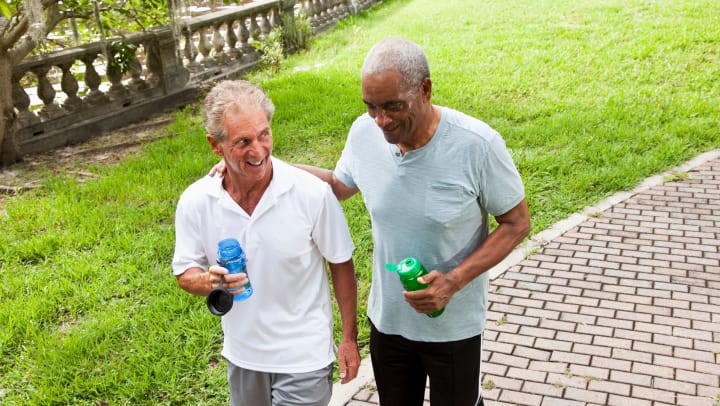Our series of Rightsizing Your Life articles have focused on the concept of rightsizing, which is a process that begins with an important question that adults should ask themselves as they age: “Does my current living arrangement meet my evolving needs and interests?” There are many ways to answer this question, since the needs and interests of every person can vary. One need that is universal, however, is the need to have meaningful connections with other people. Social isolation and loneliness are serious concerns among older adults, and addressing this need to establish connections with others is a factor that should always be considered in the rightsizing process.
According to an AARP study, 35% of older adults surveyed reported that they were lonely. Extrapolated to the entire population, this means that nearly 43 million older adults are experiencing loneliness and isolation. Aside from the mental and emotional toll of feeling disconnected, loneliness can have very serious physical health impacts. A medical research study found that lonely adults have an increased risk for developing coronary heart disease and having a stroke. The risk factor of being lonely, in other words, is just as severe as the risks associated with smoking or being obese.
On the other hand, a sense of connectedness and belonging can have very positive effects on older adults. For example, research has found that membership in social groups helps reduce the risk of premature death in retirees. To that end, the benefit of social group membership is comparative to physical exercise, in terms of the protective health benefits it provides. Plus, continued social engagement maintains thinking skills and slows cognitive decline, which means adults who remain connected with family and friends have a lower risk of developing dementia.
Despite the obvious benefits of remaining connected, and the detriments of isolation, it is not always easy for older adults to fight loneliness. Luckily, there are simple steps that can be taken to get started. Setting up a regular coffee or tea date with a friend is a great idea, or taking your dog to the park and interacting with other people there. Websites like VolunteerMatch can connect you with local volunteer opportunities that match your interests. Local churches and synagogues are also great sources for volunteer opportunities, as well as other group activities that can get you involved in the community.
Another way to fight loneliness is for older adults to move to an active adult or Independent Living community. Aside from offering the chance to live in a communal environment of like-minded peers, these types of communities often offer a host of social clubs, groups, and activities to keep residents engaged and connected with each other—from yoga classes and wine clubs to volunteer events and resident committees. With so many opportunities for connection and inclusion available right at home, residents don’t need to look far for chances to meet new people and interact with groups.
As older adults think about rightsizing their lives, it is essential that they consider their need for connectedness and inclusion. Beyond the location of a new home or the designer features it offers, the right home should provide them with all the opportunities they want and need to enjoy their life and thrive.


